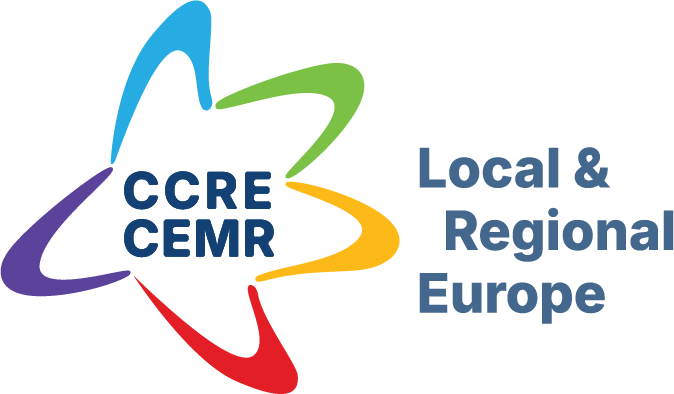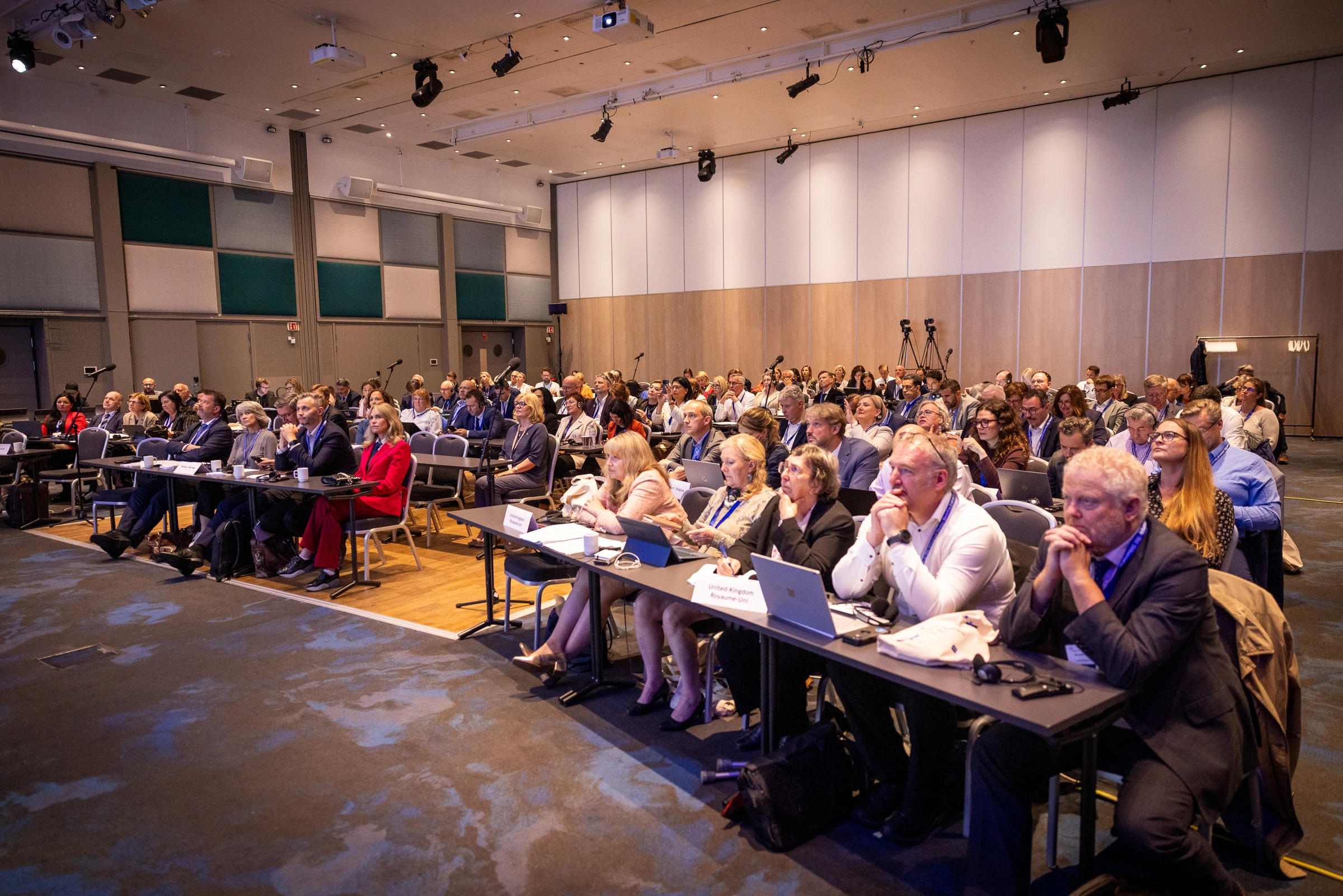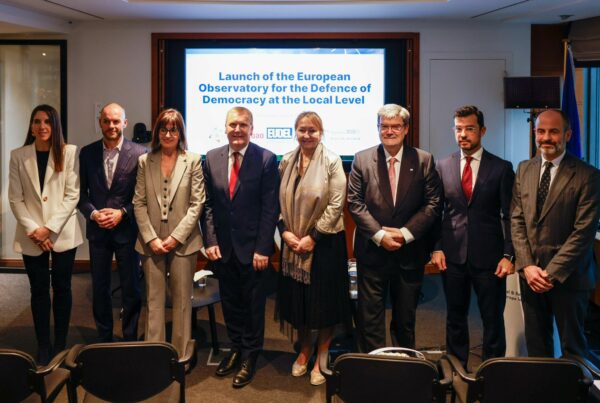Local and regional leaders call for democratic and sustainable resource strategies in Europe at the Leaders’ Summit
- Amid increasing geopolitical uncertainty and environmental challenges, local and regional governments reaffirmed their role as cornerstones of democratic resilience and sustainability in Europe.
- Participants called on EU and national institutions to work more closely with local and regional governments, recognising their essential contribution to both democratic renewal and environmental transformation.
Over 100 mayors, regional leaders, policymakers and experts gathered in Oslo on 23–24 June 2025 for the CEMR Leaders’ Summit, hosted by the Council of European Municipalities and Regions (CEMR) in cooperation with the Norwegian Association of Local and Regional Authorities (KS). As part of the Summit, delegates visited VEAS, Scandinavia’s largest wastewater treatment plant, for a field visit that showcased how innovation and local partnerships can boost resilience.
Opening the Summit, CEMR President Gunn Marit Helgesen and Mayor of Oslo Anne Lindboe highlighted the urgent need to protect Europe’s democratic values from disinformation, external interference and political polarisation. “We must ensure that democracy remains strong where it is most tangible—in cities, towns and regions,” said Helgesen.
Defending democracy in uncertain times
Through high-level discussions and the CEMR Policy Committee meeting, local leaders exchanged strategies to reinforce citizen participation, protect democratic institutions, and uphold human rights, even in times of instability.
These discussions come at a pivotal time as the EU prepares its next long-term budget. CEMR called for a stronger role for local and regional governments in shaping the future of the EU through its ongoing campaign on the post-2027 Multiannual Financial Framework (MFF). Read more about the campaign here.
Resource management as a pillar of democracy
Local and regional leaders, together with EU and national representatives, tackled the critical issue of water resilience, strategic autonomy, and the circular economy.
Naaja H. Nathanielsen, Minister of Business, Mineral Resources, Energy, Justice and Gender Equality in the Government of Greenland, joined the meeting remotely to share Greenland’s experience. “For Greenland, development is not a goal in itself, but a means to build resilience and economic independence. We won’t develop at any cost—our environment and communities come first.”
Echoing the priorities outlined in the CEMR’s Water Resilience Policy Paper, participants stressed that local solutions and strong public services are vital to address growing water stress across Europe.
To inspire and support local action, CEMR has also collected over 65 local initiatives on water management across Europe, now featured in an interactive Water Mural of Best Practices.
A common vision for Europe’s future
The Summit concluded with a strong political message: local democracy and sustainability must go hand in hand. Participants called on EU and national institutions to work more closely with local and regional governments, recognising their essential contribution to both democratic renewal and environmental transformation.
“CEMR will take the insights and commitments shared in Oslo to strengthen its advocacy at the European level,” said Fabrizio Rossi, CEMR Secretary General. “Our collective voice is key to shaping a more resilient, fair, and sustainable Europe.”
For media inquiries and interviews, please contact:
CEMR
Fiorella Lavorgna
Fiorella.lavorgna@ccer-cemr.org
(0039)3405761789
KS
Ida Paulsen Slettevoll
(0047) 90501841

Head of Communications






